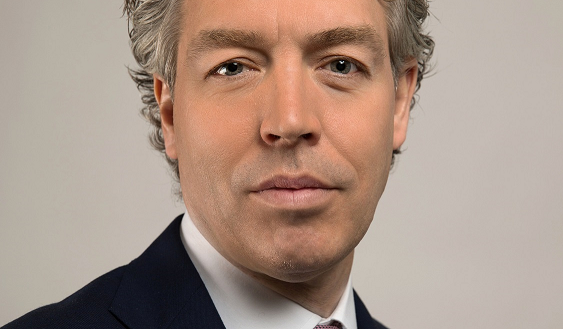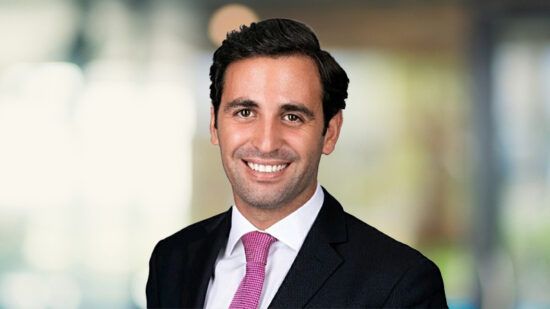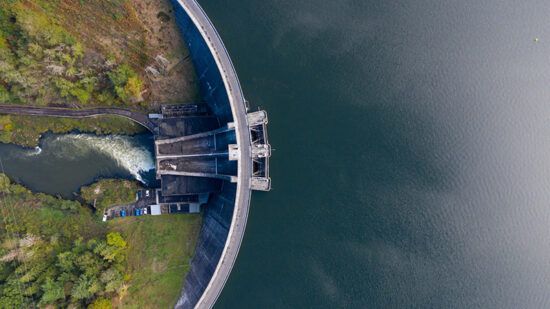Traditionally, fund management groups have run their product development strategy by first asking, ‘what are we good at?’. Once this expertise has been identified, they launch a fund in that area and then wonder, ‘who can we convince to buy it?’.
That is not the approach of Christian Pellis, global head of third-party distributors at Amundi. He starts by asking ‘what are the fundamental needs of the end investor?’. “And we know, because they have told us” he says.
“First,” he explains, “they have to get out of cash. A lot of money is still in savings accounts, the client doesn’t like that and neither does the bank at the moment. So, how can we move the client from saving to investing?”
“The second is wealth preservation. There’s not one client who likes to lose money. We sometimes seem to forget that.
“Last but not least, is income. Europe has an ageing population and people need income as an addition to their pension. That is why people are investing in emerging market debt, high yield, etc, but also income across certain countries, mainly to Asia.
“Now, we try to talk about these three topics: step out of cash; search for income; wealth preservation; and, put the products we have underneath those things.
“So, if you are worried about income, what do we offer? If you’re worried about wealth preservation, how can we solve your problem?
The needs of the client must be central because, at the end of the day, that’s what this is all about. How can you satisfy your investor?” challenges Pellis.
Downside protection
Addressing the need for wealth preservation, Amundi has launched something very specific: the Amundi Global Dynamic Allocation Protect 90 Strategy.
It’s a global multi-asset fund where Amundi uses its own balance sheet to guarantee 90% of the client’s capital from the fund’s highest NAV.
“In Asia, mainly Japan, we sold billions – not yen but euros – of the Protect 90 fund.” However, it hasn’t seen that level of success in Europe, yet.
“Over here, it has attracted a couple of hundred million, which was much less than I hoped for,” Pellis confesses. He thinks the reason may be market conditions.
“Of course, the return is modest. If you get between 2% and 2.5% after fees, well, that’s a good year. Last year people said every other multi-asset fund is doing almost double-digit returns. Well, that was last year. I hope this year it may be interesting. If the markets become more volatile, maybe this is the fund that you want to put your client’s money in.”
And, because it meets the wealth preservation need, Pellis hopes that will also help convince investors to move more out of cash.
“The moment you start talking about investing you can sometimes scare end clients.
But here you can say, ‘You know, if you invest €100, then we secure 90%. If the markets go up to €120 and then drop, you still get 90% of the €120’.”
This notion of creating products designed around the distributor/end investor relationship brings us to one of the issues that motivates Pellis: creating partnerships with distributors, rather than just selling to them.
“What distributors are asking is ‘How can you help us more than just selling funds?’.”
One of the things Amundi offers, and this might surprise you, is fund selection. However, offering a fund selection service to fund selectors is not as odd as you might think.
Pellis explains: “Maybe you do fund selection in your market well, but, being based in Asia, you don’t know European markets. Or the other way around. We also have mandates where we do asset allocation for clients.”
Active and passive
This brings up the issue of passive investing. Amundi runs both active and passive funds. Some houses find that something of a philosophical problem because active and passive fund managers generally defend their positions by attacking the other.
However, Pellis insists having both is a strength, “If you think ‘what problems does the investor have that we are trying to solve?’ rather than ‘what are we best at?’, then having both active and passive increases your options rather than contradictions.
“For us it is very important that we have both. When we are in front of the client, we can talk about US equities, for example, and they say, ‘I prefer something more passive’. So we can also offer a passive solution.
“That matters because when you’re sitting in front of the client, you can talk about everything. There are clients who believe only in passive, and that’s their choice, but there are also clients who still believe in active.”
Another request that Pellis gets from clients is support in training their staff. Amundi can offer practical business training including how distributors should position their expertise, preparing for questions that their clients might ask.
Much of this can be offered online but Pellis thinks nothing can replace people.
“Being able to see clients in Europe, Asia and the US, and to train them in the local language, that’s what they want more of. I recently did a pitch to a client and they wanted to know how many offices we had, how many people we have on the ground to let us train the local people and service them in a much better way.”
Lost in translation
A traditional way of servicing end clients is regular fund manager visits. But that is not always practical or even helpful, says Pellis.
“We have some very good investment specialists who are happy to travel. If the client really wants to see the fund manager, of course we can go, but we need to balance fund manager time.”
Pellis also points out that it is not always better to see the manager. “On my most recent trip to Hong Kong, I did a presentation in front of 150 Chinese speakers. Everything was translated into Chinese.”
“The question is, would the audience be better off with a Chinese-speaking product specialist who’s very good at explaining in Chinese what the product is, or the fund manager, who needs to explain it in English and be translated, with half the audience not understanding?”
In any case, the principle holder of the relationship with the distributor is the sales person and, according to Pellis, those people absolutely need to up their game.
It is the final piece of the puzzle, which starts by asking what investors want and ends with changing the relationship with the distributor.
“The salesperson can no longer be the person who just has lunches,” he says.
“They have to be capable of explaining the asset class and the product for the first two or three meetings. The salesperson needs to be capable of maintaining the entire relationship, from talking about digital tools, about the product, the markets, but also by asking the question ‘how can I service you in the next two to three years?’.







